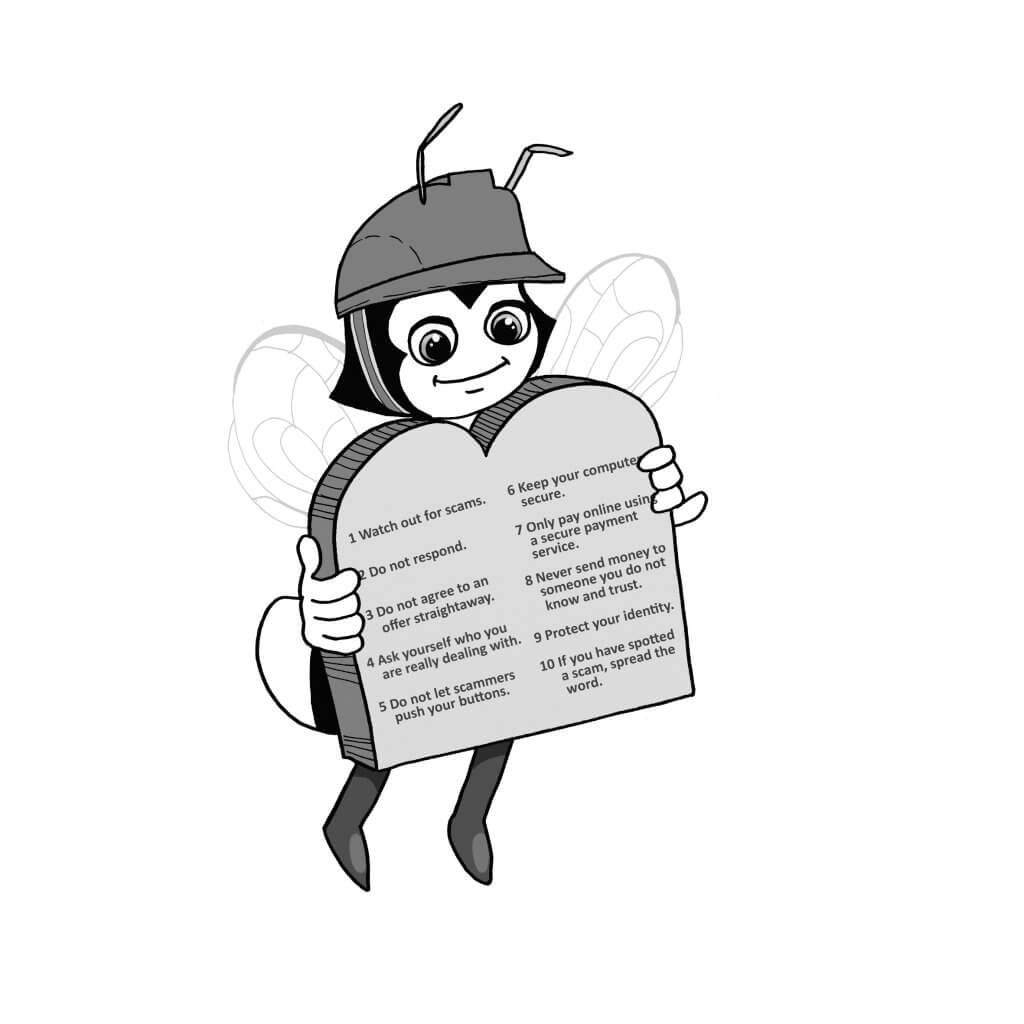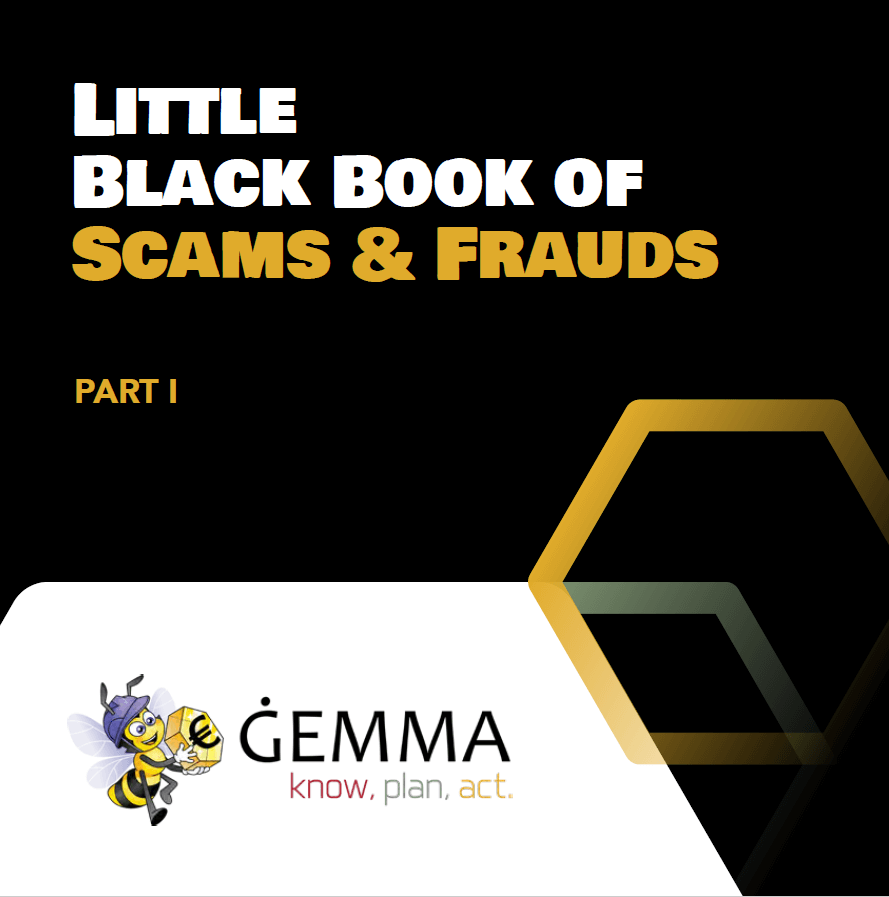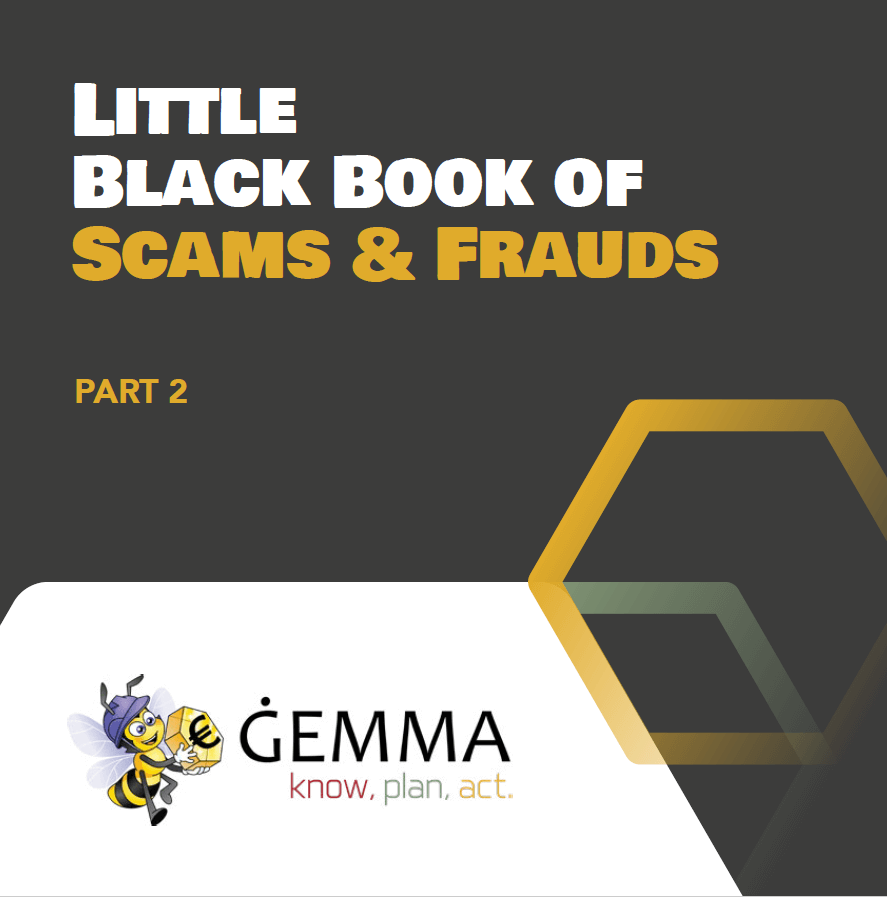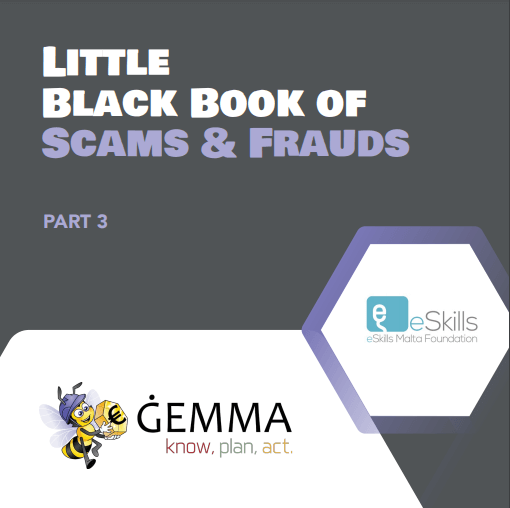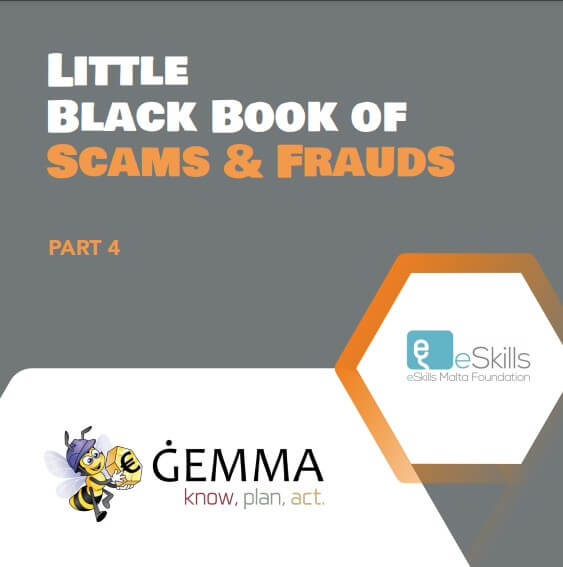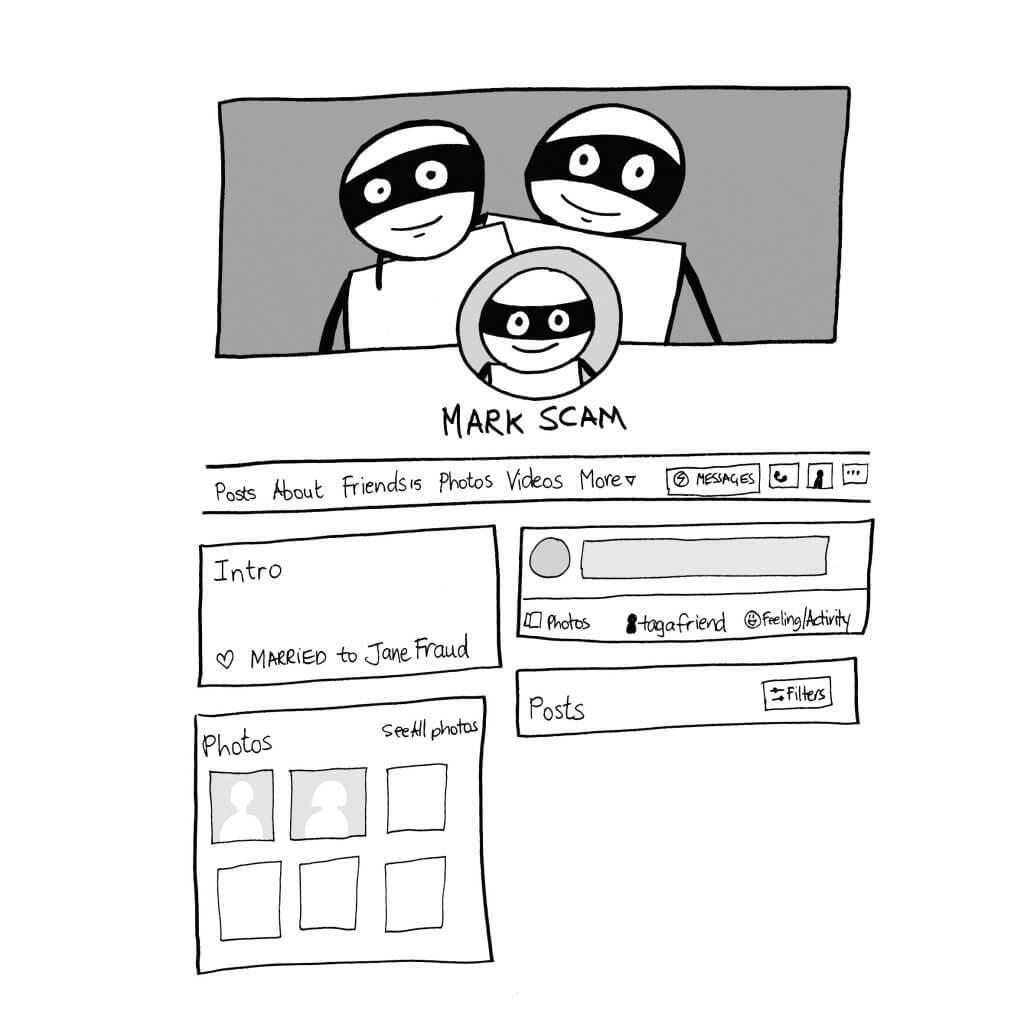
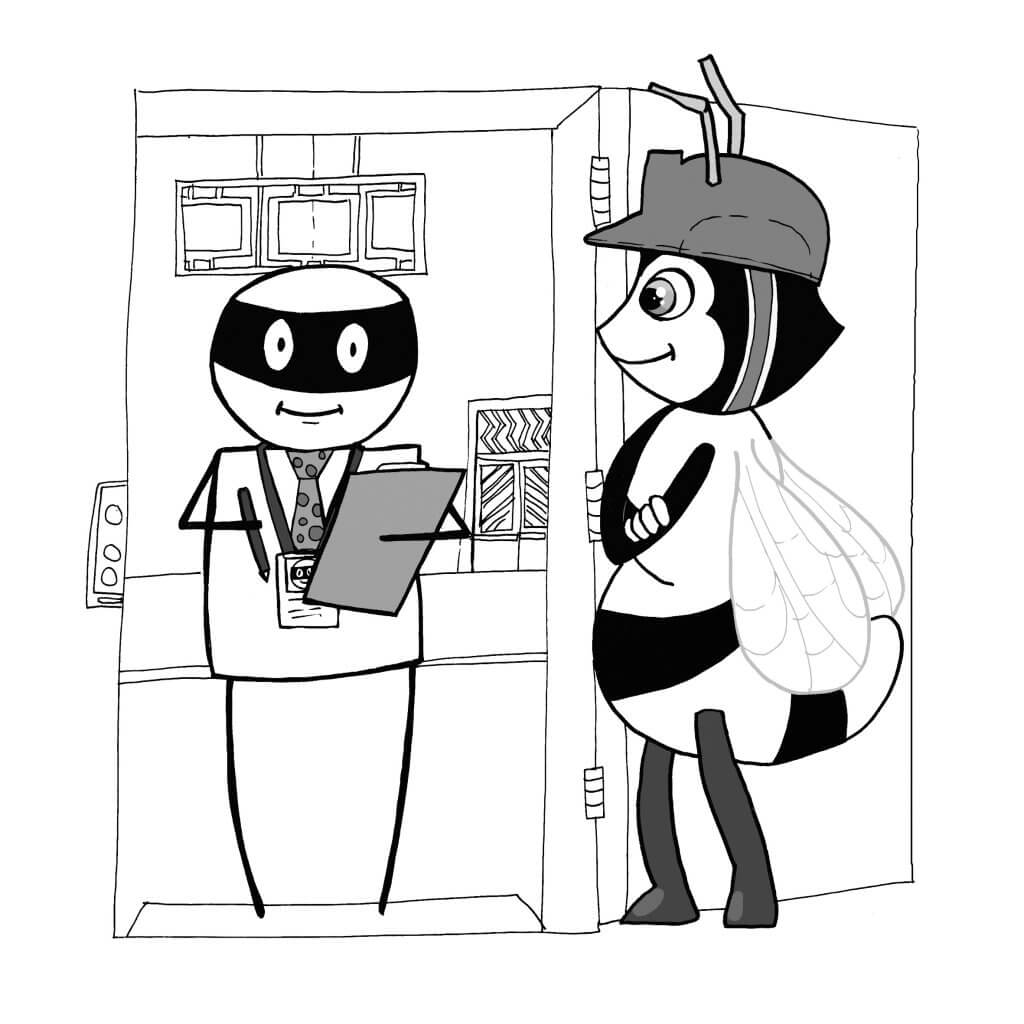
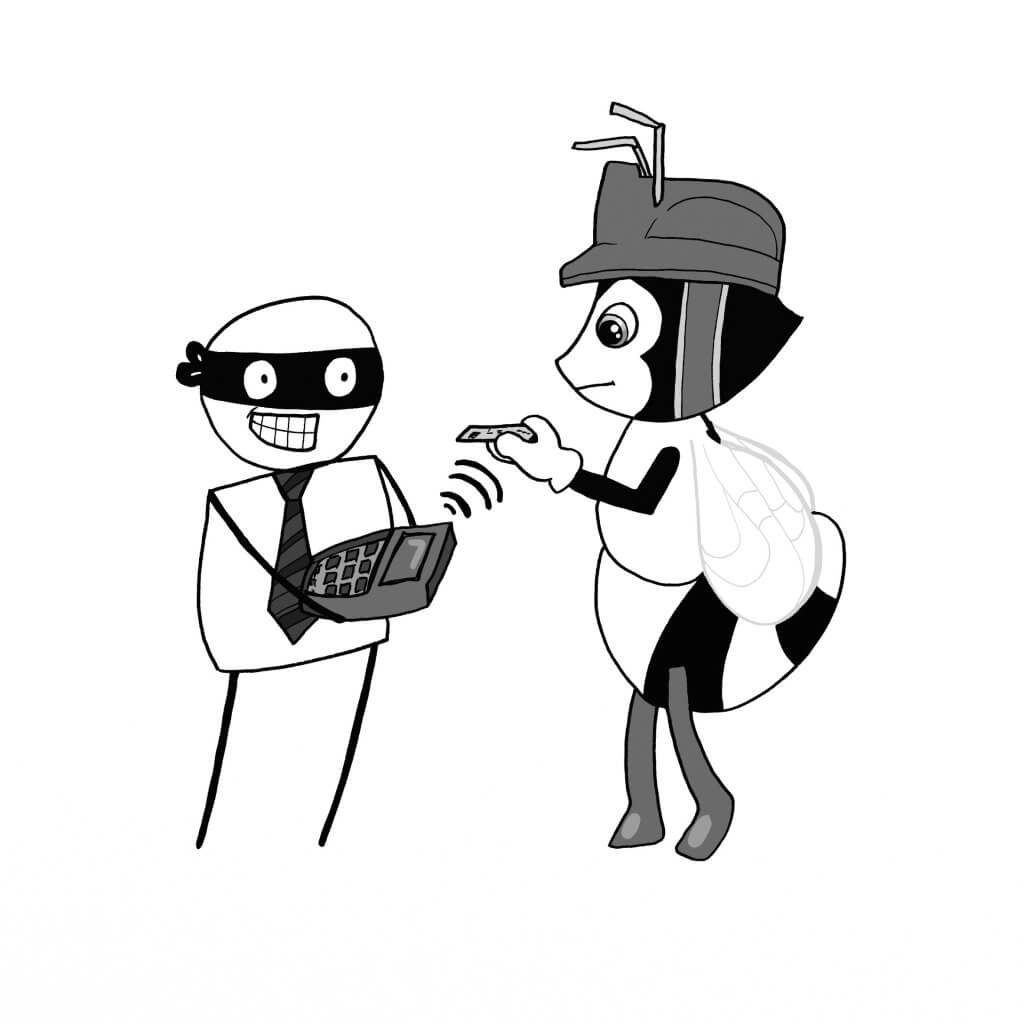
In the past weeks, Malta experienced a number of scams and fraud. The latest one was an email and SMS where scammers positioned themselves as the Malta postal service informing persons that they were unable to complete the parcel delivery due to an underpayment, of shipping fees before directing them to click a link to pay the difference to arrange for delivery.
The Malta Police Force in a public statement that at least 200 persons fell for this scam – with victims being scammed between €800 to €1,800 – and that in two weeks, the amount of fraud (that which was reported) reached €100,000.
How a Scam Works: Most scams follow the same pattern – understand this pattern and it will be easier to spot. The way a scam works is described here.
The Scammer’s approach: A scammer will approach you with a story designed to make you believe a lie. S/he targets your emotions and behaviour – a chance to make money, to find a partner, to help somebody in need. Invariably the scammer will dress him/herself as a government official, a company – including branding names you are familiar with, an expert investor, a government official, a lottery officer, a lovely lady. The scammer will use any one of these approaches:
| Still the favoured method. Cheap and a good way to communicate with many persons. | |
| Social media (Facebook, Instagram, etc.), Dating sites, Online forum | Social media (Facebook, Instagram, etc.), Dating sites, Online forum |
| Online shopping, classifieds, and auction sites | These are used by scammers to trick you, with initial contact often made through reputable and trusted sites or fake websites that look like the real thin |
| Phone calls | Calls are made by scammers to homes and businesses in a wide variety of scams, from threatening tax scams to offers of prizes or ‘help’ with computer viruses |
| SMS | Scammers tend to send a whole range of scams, including competition or prize scams. |
The scammer’s tools are designed to get you to lower your defences, build trust in the story and act quickly or irrationally and proceed to the final stage – sending the money or providing personal information. The scammer’s tools include:
- Using your personal details to make you believe you have dealt with them before, and make the scam appear legitimate.
- Creating counterfeit and official-looking documents – documents that appear to have government approval or are filled with legal jargon can give a scam an air of authority.
- Similarly, using high pressure sales tactics saying it is a limited offer, that prices will rise or the market will move and the opportunity will be lost.
You wish to know about scams and fraud? ĠEMMA teamed up with the e-Skills Malta Foundation and has issued a four part series titled the Little Black Book of Scams and Frauds. Download ĠEMMA’s Little Black Books on Scams and Fraud by clicking here: https://gemma.gov.mt/ebook-download-page/


